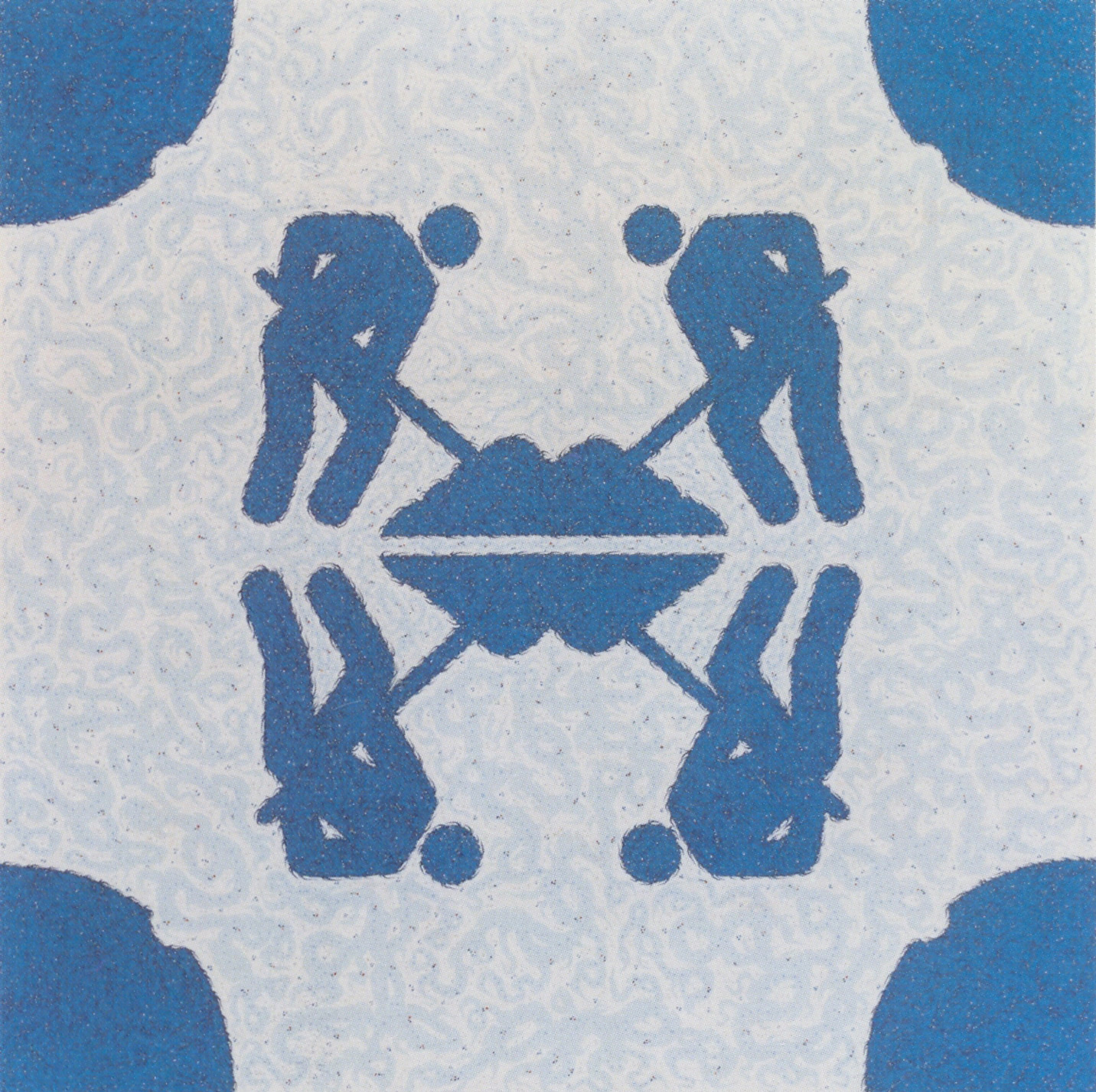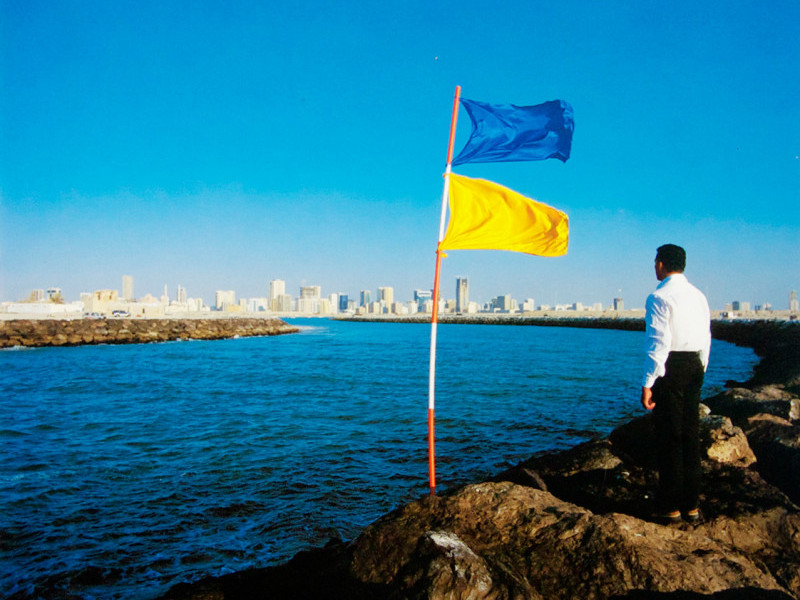
Men at work, 2000
Alessandro Moreschini
Men at work, 2000
Acrylic tempera on canvas
search


Alessandro Moreschini
Men at work, 2000
Acrylic tempera on canvas
There is a certain similarity between the art situation now and that of nearly thirty years ago. In those days there was an orthodoxy privileging 'extra-artistic' practices that, constituted as Conceptual Art, advocated a renunciation of more traditional aspects; precisely painted images and their emotive rendering via colour and pictorial (plastic, formal) expressions. At the time of conceptualism's academic legitimacy, out of a kind of incorrectness, a retrieval of those traditional values which conceptualism had abandoned was being retrieved by various international groups. This 'reactionary' moment was in part at least committed to reconstructing painting's decorative facture. In works by groups such as Neu Wilde in Germany, Transavanguardia and its connected trends in Italy, Bad Painting in USA, we find a consistent appropriation of the motifs of decoration. The outstanding movement, charged with realizing such a retrieval, was announced by so-called Pattern Painting, promoted by the famous art dealer, the late Holly Solomon, whose leading protagonists Bob Kushner, Ned Smyth and Kim McConnel could be considered 'post¬conceptual' or 'informal' in their practice. Pattern Painting is something very near to the decorative arts, yet it is an uncanny and urban form since it consists in choosing some elements and repeating them with ironic insistence, so as to generate both ornamental and critical effect.
The international scene in the lapse of ten years was dominated by these neo-traditional trends, up to the point when a second reaction against them begun with a recuperation of the late modernist debates of abstraction that would berate decorative painting as illegitimate, and theoretically and politically inferior as a critique of 'representation'.The 'better' model provided by, for example, Sherrie Levine, Gerhard Richter, Sigmar Polke, Martin Kippenberger, John Armleder, Luc Tuymans, etcetera. This, however, had to reproduce again a sense of exhaustion, by its own motivated volition against the jargon of authenticity, so that in the late 90's, time was ripe for a full exhaustion that provided the climate for re-reading the past: an agonistic task and achievement, for the modesty and innocence of painting in the face of postmodern irony and or as an unequalled 'lack', which is itself an ethical accomplishment. The last 'heroic' gesture by Holly Solomon was precisely to launch a new group of Pattern Painters like Jean Lowe, Virgil Marti and Rob Wynne.
At this point we have all the elements we need to introduce the activity by Alessandro Moreschini who demonstrates a perfect correspondence with such trends. If we consider each of his paintings, we find that he chooses a single element to be stylized and exasperatingly repeated, being placed on a background covered with precious embroidery, so to produce a tapestry very fitting to the spirit of our incalculable time.
PL

Sharjah Biennial 6